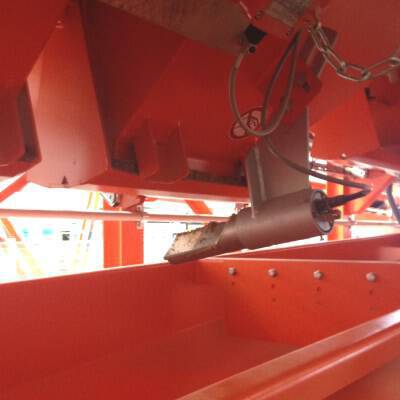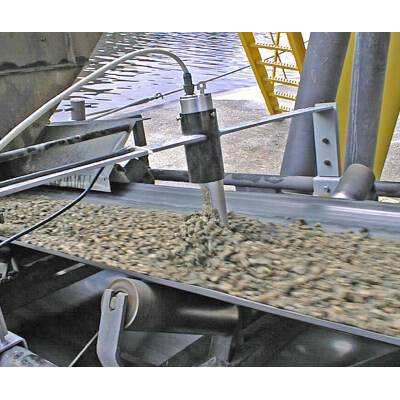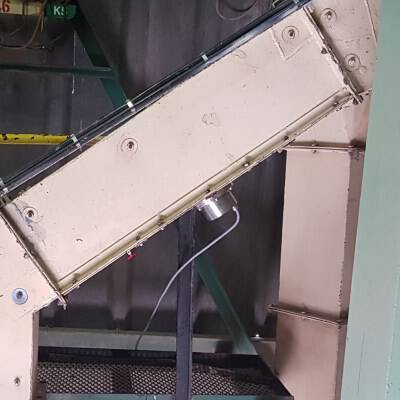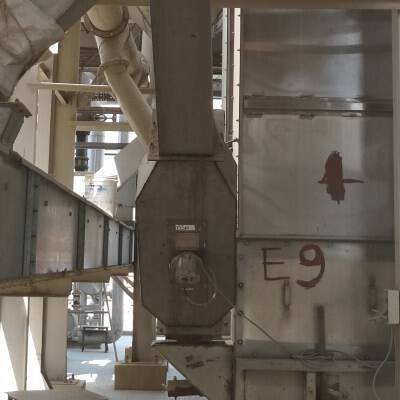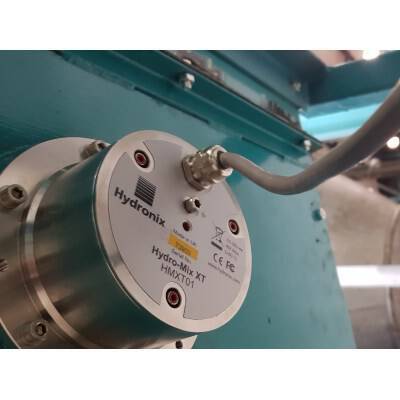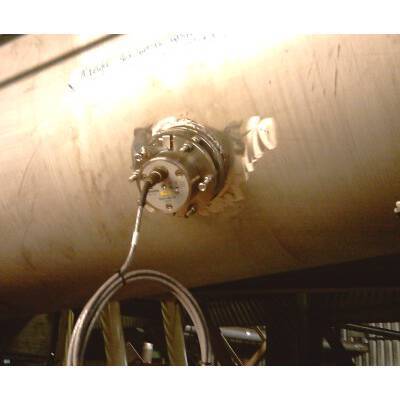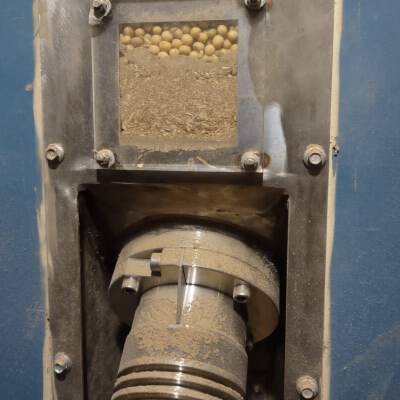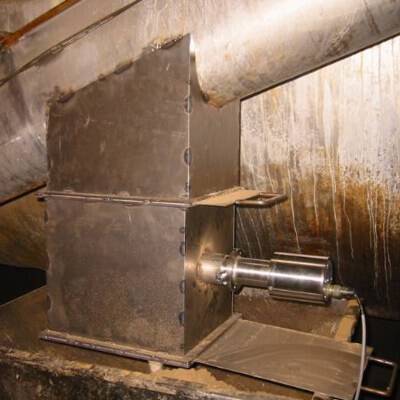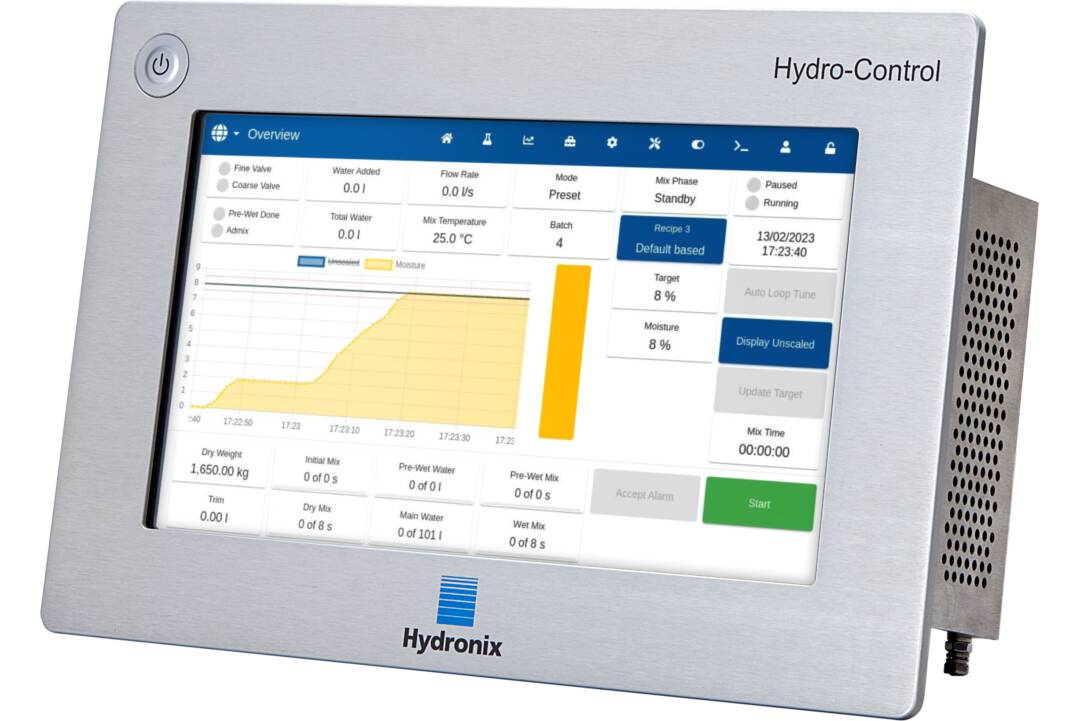The importance of moisture measurement and control when milling flour
The moisture content of grain is crucial for the milling process. This article describes how moisture content can be controlled to achieve benefits in terms of quality, environmental sustainability and profitability of the final product. Introduction
Grain is a natural product, so the moisture in the bulk material varies due to several factors, including different growing conditions, weather conditions during harvest, the threshing operation, and post-harvest storage conditions.
After harvest, industrially processed grain is often handled in a mill where it is flaked, rolled or ground into flour.
Moisture levels are a critical factor throughout the mill because they affect machinery performance, material plasticity or malleability, and final product quality. Also, achieving the correct moisture content of the final product is important to prevent premature spoilage and a short shelf life.
By measuring and controlling the water content of the material at each step of the milling process, it is possible to improve efficiency, reduce energy consumption, and save money.
Consistent moisture control also enables a miller to achieve higher yields of better quality with less waste. The main process measurement

